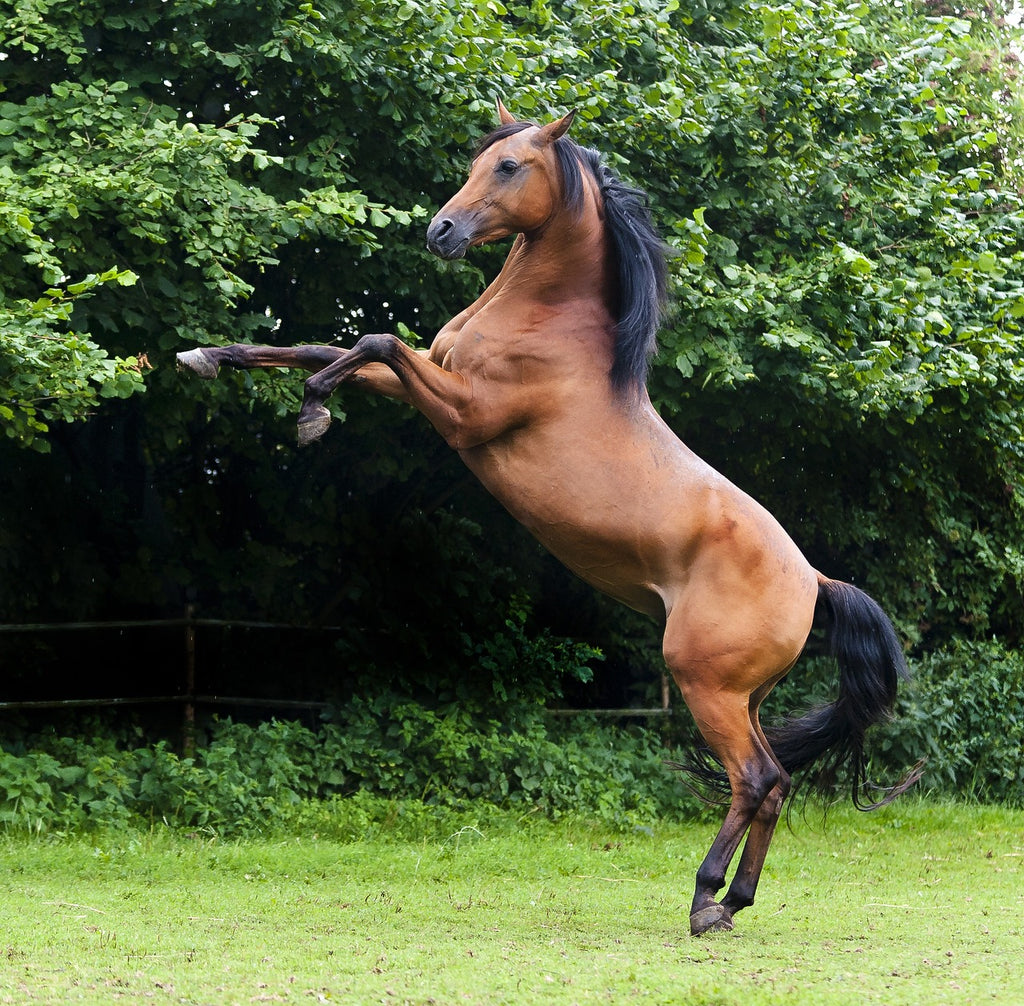
Brief of Arabian Horses
Arabian Horses - Have you thought of digging deep into the nitty-gritties of modern breed racing horses? Well, a common trait spotted in all such breeds across the world is the Arabian bloodline. Racing horses are best known for their brawny structure, immense endurance, agility, and tough, strong bones. The Arabian horses play a big-league role in improving and amplifying these features in ordinary racing horses.
Acclaimed as one of the most age-honored and crowd-favorite breeds across the globe, Arabian horses are best known for their matchless endurance. Not many are well aware of the history and origin of Arabian horses. The breed has been used for centuries in matters of war and trade. The animal has served a great deal of purpose to valiant desert warriors. The efficiency of the equine breed is acknowledged even today. Thoroughbred or the Appaloosa, the demand for Arabian horses is much more valued.
Have you heard about the Bedouins? They are the popular desert tribes of the older age, dwelling in areas along the Arabian Peninsula. Wondering what’s the relevance? Well, this desert clan were known to breed Arabian horses and deploy them as war mounts. The durability, efficiency, and prowess of the animal made them a favorite among combatants. From Genghis Khan of the Mongol Empire and Alexander.
The Great to Napolean and George Washington, notable figures of the past, conquerors and esteemed personalities of historical significance, everyone has been an Arabian horse rider. It is undeniably a preserved equine breed that enjoys popularity to date. Hence, the genes are passed down to the new-age breeds, either directly or indirectly. Horses are seldom used for riding. Instead, they are used for racing and other competitive sport.
Know About The Breed: Let’s Walk Down The History Lane!
Recognizing an Arabian from a multitude of horse breeds is very simple. The horse has an exclusive high tail carriage and a very unique head shape. It is no surprise that the Arabian bloodline is present in most common horse breeds today. However, archaeological evidence proves that the horse is one of the primitive equine breeds. Figuring out the origin of the Arabian horse sounds like a cakewalk. The name spells it all. However, the real origin of the breed is still a mystery. Pieces of archeology in the Middle East show that the breed dates back 4500 years. Bedouin or the nomadic desert warriors were the first few to use the breed and refine the mammal with time for improved efficiency and agility.
As time went by, Arabians panned out to different corners of the world, owing to trade and war. The horse breed was refined and improved, showcasing better endurance, higher agility, and stronger bones. Did you know that the Arabian is a unique horse breed, developed by humans? The breed was not always finest, in terms of endurance and brawniness. It was the selective breeding of traits that made the horse one of its kind. Other than robustness, endurance, and strong bones, these horses are known to fathom human bonds as well. Since the primary purpose of the Arabian was that of a warhorse, there were a lot of modifications done to the breed. There were camels available then.
The Bedouins did realize that the camels could provide meat, milk, and leather and also work as a carriage for the warriors. However, horses were a far better option since they were quicker and maneuverable. There was a dearth of pastures and grains. So, the horses were trained to feed on unusual diets that included dates and adapt to the soaring desert climate.
The Bedouins kept tabs on the ancestral records of each horse breed, following the oral tradition. Breeds with the purest bloodline were categorized as Asil. Cross-breeding the unadulterated horse with non-asil horses was a big ‘NO.’ It was forbidden. The desert clan performed raids more than usual. Since swiftness was much-needed in times of sneaking and raids, mares were the preferred mount.
Wondering why so? Mares ensured swift and silent movement within the enemy tenement. Therefore, it ruled out the chances of a warrior’s presence. With time, various sub-types of the Arabian horses were bred. The breeds could be discovered through their maternal lines only. According to the information, spilled by The Arabian Horse Association, there are only five primary strains. These include:
- Abeyan
- Hamdani
- Seglawi
- Hadban
- Keheilan
It was believed that the purity of strains is essential and so was telegony. However, the time has evolved and cross-breeding is more common than ever. Gone are the days when Arabian horses were only popular as fiery war mounts. Proto-Arabians and mixed breeds make it big in the racing circles and among the ranchers.
Exclusive Characteristics Of An Arabian Horse:
If one was ever to describe a purebred Arabian Horse, the only adjectives suitable would be ‘Magnificent and Striking.’ One of the most notable features of the equine breed is it's the perfectly chiseled head. Some also describe it as a wedge-shaped head. The forehead of the horse is quite broad. Big popping eyes, large nostrils, and little muzzles complement the animal’s dish face.

A unique characteristic of the Arabian Horse is the bulge in between the eyes. Earlier in the day, the Bedouins called it the ‘Jibbah.’ Thinking what that meant? Well, it implied extra sinus capacity that helped the horse survive the odds of dry desert weather. What follows next is the long arching neck or a throat-latch. A stunning feature of the breed lies in its exquisite high-tail carriage.
If you share a little love for the Arabians, you are certainly aware of the term ‘Floating Trot.’ The grace and elegance an Arabian horse exudes is truly matchless. Unlike most other breeds of horses, the Arabian has one less vertebra, owing to its short and perfectly straight back. The ribs are not flat or lanked.
Instead, they are well-rounded, assuring seamless balance and symmetry. The horse has a broad but deep chest. One of the most differentiating factors of an Arabian horse is the position of its pelvic bone. It is outright horizontal. The royal breed showcases sturdy and thick muscular legs and incredibly strong joints. The tendons pop out and are visible as if the horses were on steroids. There are noticeable white marks on the legs and feet of the horse. Little hooves encapsulate the heels of the animal and are extra shielded with tough horns. What’s massively impressive is the tail of the horse. It is full, fluffy and a high tail.
The Arabian horse has been repeatedly described as an agile animal. What adds to its agility is the mammal’s skeletal structure. The horse has 5 lumbar vertebrae and17 pairs of ribs. Little did you know but this is less than other horse breeds. The horse has a fairly horizontal but decent croup length and a bulge on the hip.
Even the ears of the horse are different from other prominent breeds. Ears are well-shaped, quite lean and small. The tips of the ears are curved inwards. Deep jowls of the horse enhance the features of the horse’s sharp dish face.
The United States Equestrian Federation reveals that a standard height of the Arabians is 57 to 61 inches or 145cm-155cm. All Arabians are categorized as horses and not ponies, regardless of their height. In a nutshell, it is safe to conclude that Arabian Horses are small but well refined. Owing to the short height of the horse, there are myths floating that the breed might not be way too strong.
This is completely untrue. The density of bones in an Arabian breed, it’s lanky short back, sound feet and short cannon beef up the animal’s physical strength by leaps and bounds. In fact, the strength of an Arabian is unparalleled, in comparison with other tall animals. Therefore, Arabians can certainly carry bulky and heavy riders. The horse is a great alternative for draft horses, used to wrap up laborious farm jobs since this is where the weight of a horse matters the most.
Strong and agile - does that leave you with a question on the horse’s temperament? Well, for centuries, Arabian horses dwelled amidst human beings in dry deserts. Only horses with natural, good temperaments were used to breed and reproduce. Therefore, most Arabians showcase good and favorable temperament. It must not be forgotten though, that the breed is classified as ‘hot-blooded.’
Arabian horses are intelligent, quick learners and quick communicators too. It is not just good habits the horses pick up swift but the bad habits too. The breed could show tendencies of anxiousness and viciousness when subjected to abuse. This feature is quite alike other popular breeds like The Barb, Akhal-Teke and Thoroughbred. Another alluring feature of the Arabian that cannot skip the list of noticeable features is its lustrous smooth skin. The skin is mostly black, topped with a smooth and silky coat.
Best Known Organizations That Facilitate Arabian Horse Breeding:
As of today, there is only one registry for single breed Arabian Horses in The United States. It is known as the Arabian Horse Association (AHA). Wondering what work is the body involved in? Well, the association coordinates with the Equestrian Federation in the country to authorize events and horse shows and issue valid permits. The Association also assigns licensed and well-seasoned judges to analyze and judge competition involving Arabian horses.
The Arabian Horse Association International and The Arabian Horse Registry collaborated to form the Arabian Horse Association. One of the pivotal goals of the body involved encouraging the Arabian horse owners in keeping up with the recreational and competitive interests of the breed.
Another crucial intention of the Association included maintaining a registry of Anglo-Arabian and Half-Arabian breeds. One of the most renowned breeders of exclusive, rare and breathtakingly beautiful Egyptian Arabian horses in the northern part of The States is Arabians Ltd. Little did you realize but the business is thriving because Arabians Limited has successfully exported finest-in-class, rare Arabian horses in 5 different continents. Since then, a few ventures started rolling. From billionaires, kings, business eggheads, top of the list celebrities and sheiks, Arabian horse is sought and maintained in posh stables with all amenities included. However, the pioneers in the field of highest quality Arabian horse breeders is Arabian Ltd.
Arabian Horse - How Do The Horses Work In The Modern Age And Time?
Arabian Horses are found all across the globe. From racers and ranchers to billionaires and business moguls, the horse continues to be a priced asset. What was once best kept for war and trade is now, the most sought-after breed. Frankly, the Arabian bloodline is running in every modern breed of horses available today. A lot of questions shoot up regarding the purpose of preserving the Arabian bloodline. Well, if not directly, Arabian horses are used to spruce up the features and characteristics of modern-day breeds. For instance, it improves agility in horses, helps the animals with longer endurance and work wonders in strengthening bones.
Did you know that ranch activities and farm jobs require a lot of labor? Therefore, weight of a horse plays a crucial role. Arabian horses are best suited for tedious activities. Strong bones and matchless endurance comes into play. If you love doing trail rides, Arabian is undoubtedly your best carriage. Horse events and racing continue to be a thriving business. This breed is a must in every race and every show. Horses are much used in the entertainment industry.
Ever wondered where do the directors find such incredibly hulky and beautiful horses? Not everything is CGI, my friend! These are the Arabian horses. From movies and circuses to parades, Arabians are always the showstopper. Here’s why they are a much-favored choice:
- Training an Arabian is easy
- The horse is very intelligent
- Associating and recognizing human bonds come naturally
- The breed is known for its endurance and optimum stamina.
In short, the Arabian horse is matchless and unbeatable.
Popular Arabian Horses
You can’t buy these magnificent beautiful stallions just because you like it. Buying and petting an Arabian could cost you riches. Are you curious to know about the people who have the luxury to buy these hunky stallions? Well, the Arabian breed is no less than a superstar. Let’s dig deep and learn more about these horse personalities.
1. Topping The Charts Is Marwan Al Shaqab:
Do you know that this horse is kept as a valued treasure in the royal stables of Qatar? Frankly, this Arabian has won quite a few accolades to its owner or the Royal family. From being a three-time winner in the world championship and a two-time winner at the US National Championship, the horse is truly unbeatable. In fact, the animal enjoys the lap of luxury as it has successfully bagged-in the title of ‘World’s Leading Sire’ for a consecutive period of 7 years in the very prestigious World Championships.
2. Soon After Is A Much-heard Name -
The Muscat. It stands fourth in the list of the most favored breed for siring Arabian offsprings. The horse is put to use for breeding at the famous Tersk Farm. It is one of the youngest stallions ever used to breed Arabian offsprings. This horse has won a bit too many rewards and titles as well. From winning the US Nation Championship and the Canadian Nation Championship in a single, the stallion has also earned the title of a winning champion at Scottsdale.
- If there was to name anyone Arabian horse breed that is a crowd-favorite, the answer is very simple. It is very popular and the much demanded Khemosabi. The horse has mastered all skills and is reckoned as an absolute best in showmanship. Khemosabi’s unbeatable performance at the Western Pleasure Show Ring has won hearts across the world. The horse bagged one of the most esteemed ‘Achievement Award.’ If that wasn’t all, here’s something that will impress you by large. Khemosabi has sired over 1200 foals. Most of these foals turned out to be the best-in-class and winners at world-level championships and competitions.
Arabian Horses - What Is Known About Their Colors?
Purebred Arabian Horses have coat colors invariants of bay, black, gray, chestnut and roan. Gray, chestnut, and bay are some commonly spotted colors. Black, on the contrary, is less likely to be found. The reason could be the scarcity or absolute absence of E genes in the breed. Roan, although a classic, the gene seems to be missing in most Arabians. Regardless of the coat color, Arabian horses have black skin. Here’s an interesting fact you must know. Black skin is a primary feature of any Arabian horse. The skin works as a protective shield, preventing the horse from scorching rays of the desert sun.
Are Arabians The Most Good Looking Horses Ever Found?
Arabian horses are the most preferred horse breed in the world. It’s unique dish face and fluffy high tail carriage are some praise-worthy attributes. Chronicles and archaeological evidence prove that the horse originated 4500 years ago and are yet, the most favorable breeds among horse lovers. The Arabian bloodline is well preserved and is introduced in the modern-day breeds too. This adds improved endurance, agility, firm and strong bones to other breeds of stallions. The features and characteristics of Arabian horses are strikingly beautiful. This is why the horse is still a crowd-favorite even today.
Some More Arabian Horse Story
With years passing by and times evolving, it is a surprise that nothing about the Arabian horse breed has changed. However, there are a couple of differences spotted between the age-old original Arabian horses and those of the present day. There’s a shrink in the size and height of the horse. However, the subject is still a debate.
The origin of the horse is still a lingering question. Some chronicles reveal that the horse was a wild one, discovered in the southern regions of Turkey and northern areas of Syria. Also, there is archaeological evidence that the horse was first found in Egypt. Then there are theories and paintings that suggest that Arabians dated back 4500 years in regions of South Arabia. Due to ideal weather conditions and riverbeds in the region, the pastures served as a rich source of food for the horses. The real answer though is still a mystery.
Are you a horse lover? Do you wish to pet a breed that is not just swift, strong, brawny and a beautiful horse but an intelligent animal with extreme endurance and a sense of loyalty? Does sound like a full mouth but the Arabians are a sum total of all attributes you are looking for in a horse. Little did you know but the Arabian horse is familiar with human company and enjoys it too. Getting hands-on a purebred Arabian is undoubtedly a ritzy affair. However, if your weather is not perfectly suitable for the breed, it is best to look for alternatives. American Snow horses, Shagyar Arabian and Anglo-Arabians are a few examples. Bear in mind, the Arabian breed is a regal one. The horses must be treated with optimum caress and cannot be subjected to exploitation. What’s wonderful is that the horse responds well to affection. So please share an abundance of love, care, and affection to your Arabian breed.
How Do Arabians Achieve Their Regal Features?
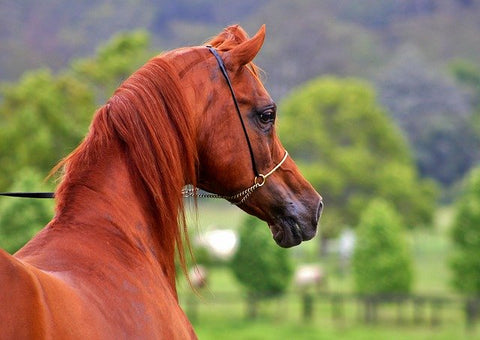
If you adore beauty, an Arabian horse will certainly leave you dumbfounded. The horse is hands-down magnificent. Long arched neck, finely chiseled head, a unique dish face with big eyes, strong brawny legs and strapping short shoulder, the physique and features of the breed are matchless and one-of-a-kind. The high-tail carriage is a star trait that makes the horse yet more scintillating. It is said that when an Arabian Horse trots, it showcases elegance, pride, and grace. The regal appearance of the horse is not naturally gifted. After-all, the breed is a man-made one. Earlier in the days, the clans that bred these horses ensured maximum maintenance and ruled out the idea of crossing the breeds to preserve it better.

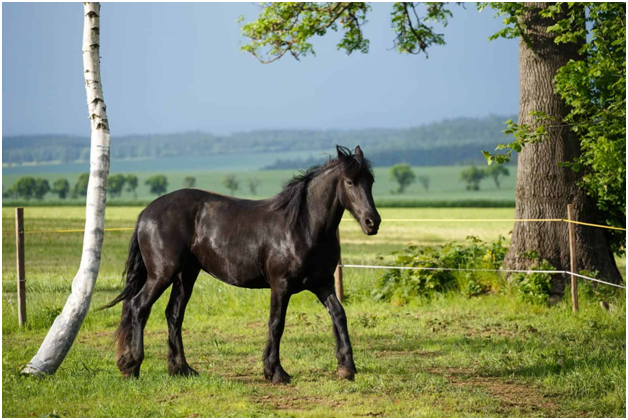
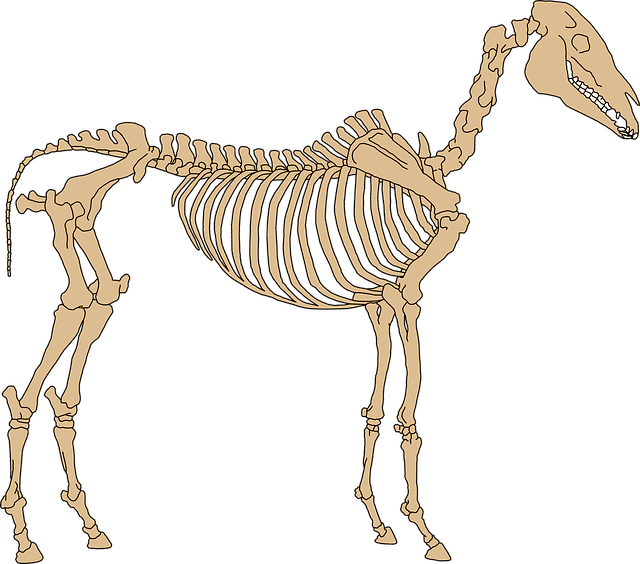
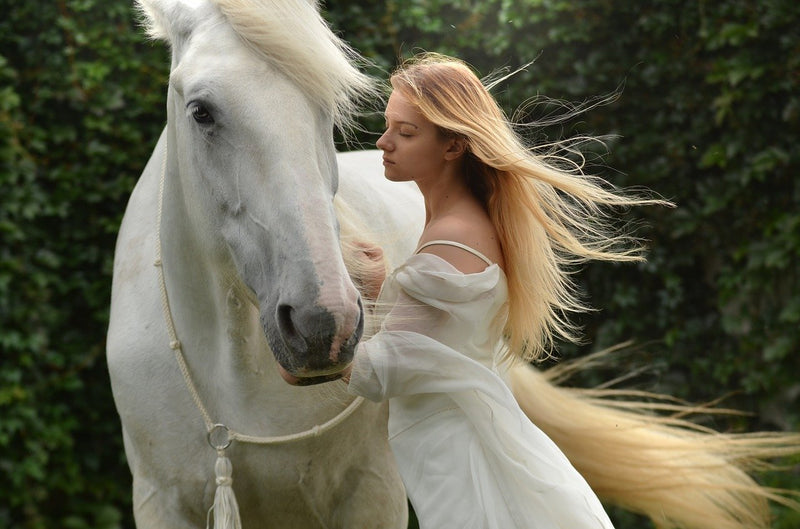
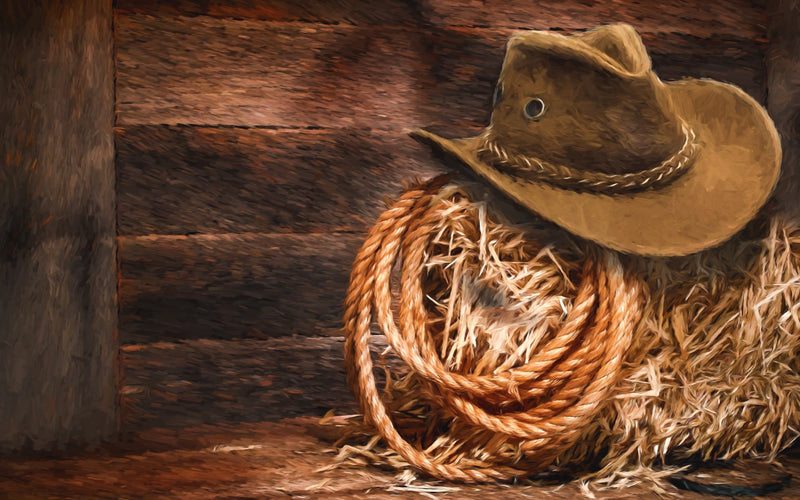

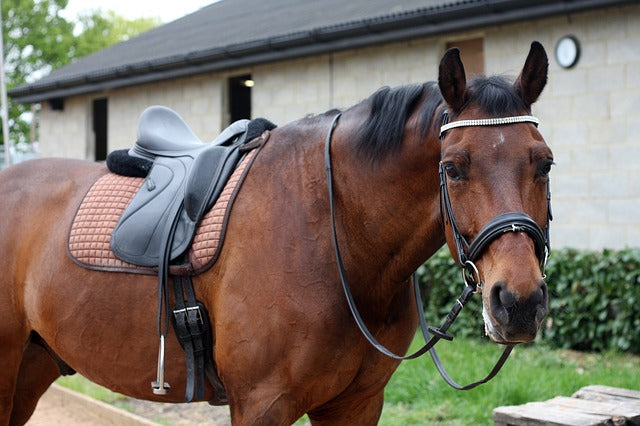
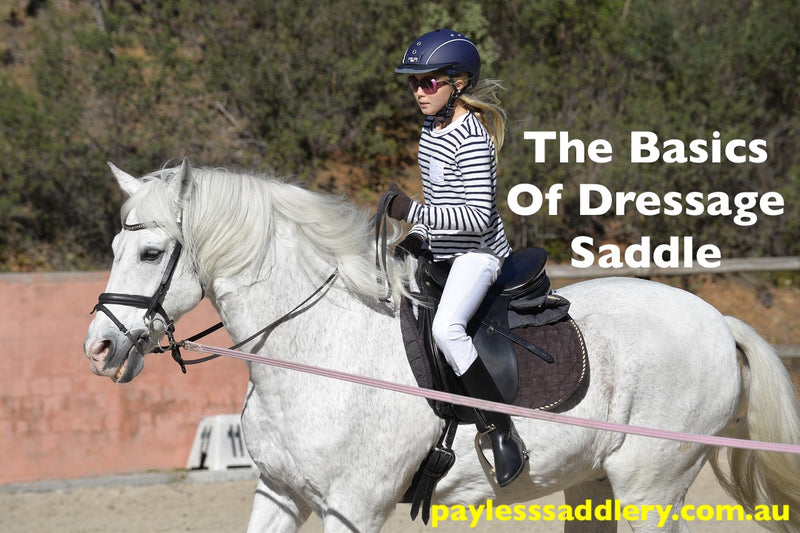
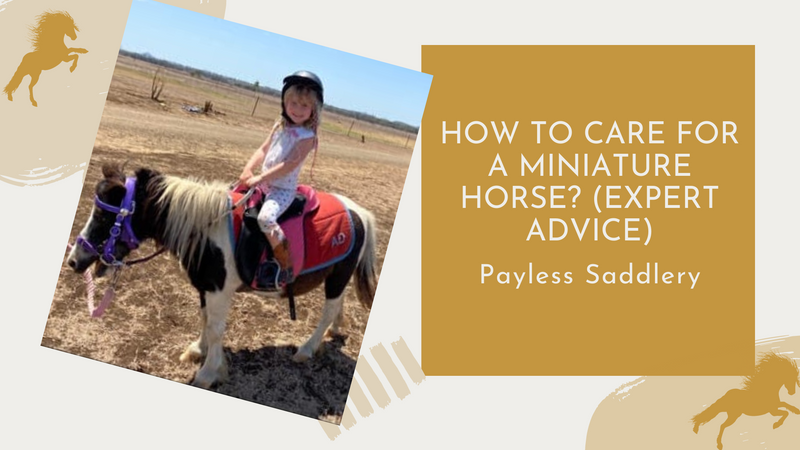

✏ Ticket- TRANSACTION 0,75477675 BTC. Withdraw >>> https://telegra.ph/Get-BTC-right-now-01-22?hs=fd5e151c2a537f42087f50b35bdcb2a4& ✏
2tln5n
📩 + 0.75156999 BTC.GET - https://telegra.ph/Get-BTC-right-now-01-22?hs=fd5e151c2a537f42087f50b35bdcb2a4& 📩
k31ppv
🔓 You have a gift from our company. Continue => https://telegra.ph/Get-BTC-right-now-01-22?hs=fd5e151c2a537f42087f50b35bdcb2a4& 🔓
ehxh5j
🖨 Ticket- Process 1.821 BTC. Withdraw >> https://telegra.ph/Message--2868-12-25?hs=fd5e151c2a537f42087f50b35bdcb2a4& 🖨
ygzsqq
🔖 Reminder: Withdrawing NoGL52. GET >> https://telegra.ph/Message--2868-12-25?hs=fd5e151c2a537f42087f50b35bdcb2a4& 🔖
15d1kg